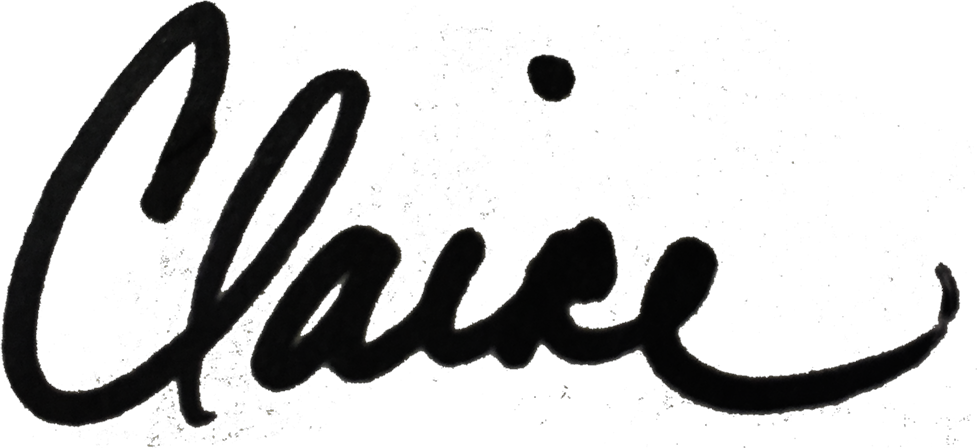The aging landscape has changed a lot since Erikson’s stage theory of psychosocial development, and yet some salient truths remain whole. The overall quality of our life from beginning to the present moment will affect how we manage our later years. Identity is built as we grow and change in conjunction with our experience of society. There are many aspects of our lifespan within our individual control and many others that are not. Developmental psychology and gerontology together have much to contribute via geropsychology to the needs of the aging and their aging caregivers.
Erik Erickson identified eight essential conflicts of human life and these are open to interpretation across a range of today’s societies. He highlighted the continued importance of identity and one’s relationships to the struggles unresolved in earlier stages that will reemerge in late adulthood. The sociocultural forces of change continuously test the strength of core beliefs, values, and ideals and have shifted our perceptions around aging and the need to address past conflicts.
Responding to these shifts and shaping a way forward for older adults in the late twentieth century, especially in the western world view, and particularly along the highly competitive and endlessly demanding march into the new century disrupted the foundations supporting development of these core structures (families and communities, the social fabric).
Dealing with the emotional and practical responses to aging, especially as the need for care arises, can further destabilize family systems. When individual family members are grappling with their own beliefs about themselves and their response to family care needs, plus their loved one’s response to changes in their abilities, then the specter of neediness, fallibility, and uncertainty rises. Individuals and families that have not previously experienced prolonged ill health or misfortune (their own or others) can have difficulties cooperating, communicating and allocating resources around care needs.
Two publications, Age Wave: The Challenges and Opportunities of An Aging America by Ken Dyckwald and Joe Flower in 1989 and The Creative Age: Awakening Human Potential in the Second Half of Life by Gene D. Cohen in 2000, made an enormous impact on the lives of older adults. For well elders, opening new avenues of generativity, opportunities for intergenerational relationships and work, and a focus on robust tolerance for change may prepare them to be caregivers in the changing landscape that awaits them. Caregivers and care partners who are extroverts, and introverts who can extrovert, are at an advantage when encouraged to enter skilled care communities.
Social isolation today leaves caregivers with the short end of the stick when it comes to compassionate caregiving and coping well with care needs. Those who have cultivated activities and relationships to round out their lives in positive ways already have the basic skills to negotiate care, seek problem-solving help, and gain guidance for the demands of caregiving.
Others who are less comfortable dealing with unfamiliar interactions, who lack the breadth of social experience to approach new group relationships and have fewer trusted family members and friends, will have a steep learning curve.
Help introverts who are struggling with disrupting their isolation by understanding what comfort supports are most effective, take time to meet with them individually, build up to small group situations that are welcoming, and introduce one topic at time for discussion to avoid overwhelm. Caregiving support groups are a valuable resource for allowing each participant to arrive at articulating and requesting the help they need in their own time. Planning for caregiving is a start but the groundwork for care lies in the witnessing of care and receiving care ourselves.
Public infrastructure for aging older adults lags behind other societal needs. When meeting with older caregivers, revisiting the support structures of past can help individuals come to terms with the unresolved conflicts which can stand in the way of cooperative caregiving. Encouraging earlier attention to healthy and active aging can support communities across the spectrum of society.
The rise of positive aging attitudes is turning into the most successful means of encouraging attention onto the inevitability of aging; that alone is major shift. Investing time in developing and maintaining a balanced emotional response around this less popular fact of life pays more dividends in the long run.
©March 2025 clairemauro.com
Cohen, Gene D., The Creative Age Awakening Human Potential in the Second Half of Life. 2000.
Dyckwald, Ken and Flower, Joe., Age Wave: The Challenges and Opportunities of An Aging America.1989.
Erikson, Erik H., Childhood and Society. 1950.
Erikson, Erik H., Identity and the Life Cycle. 1980.
Erikson , Erik H. et al., Vital Involvement in Old Age. 1994.
